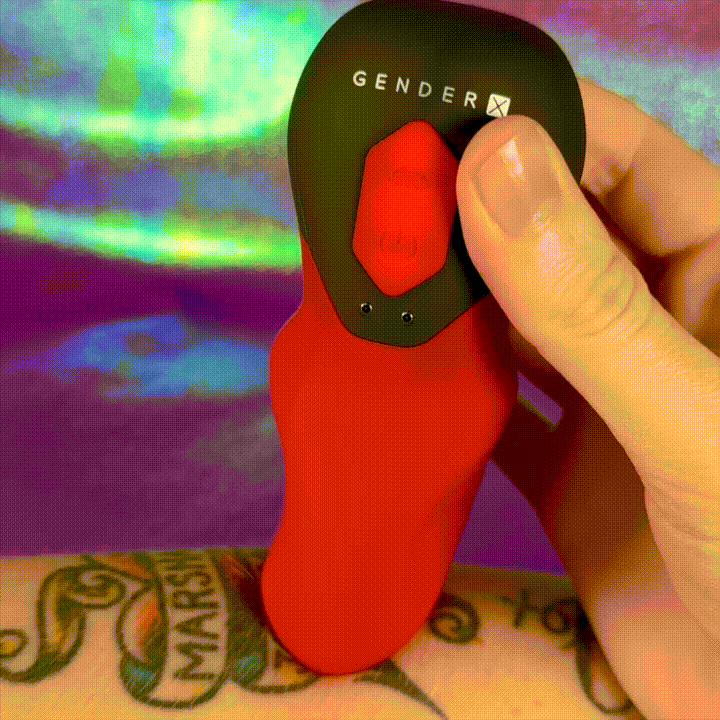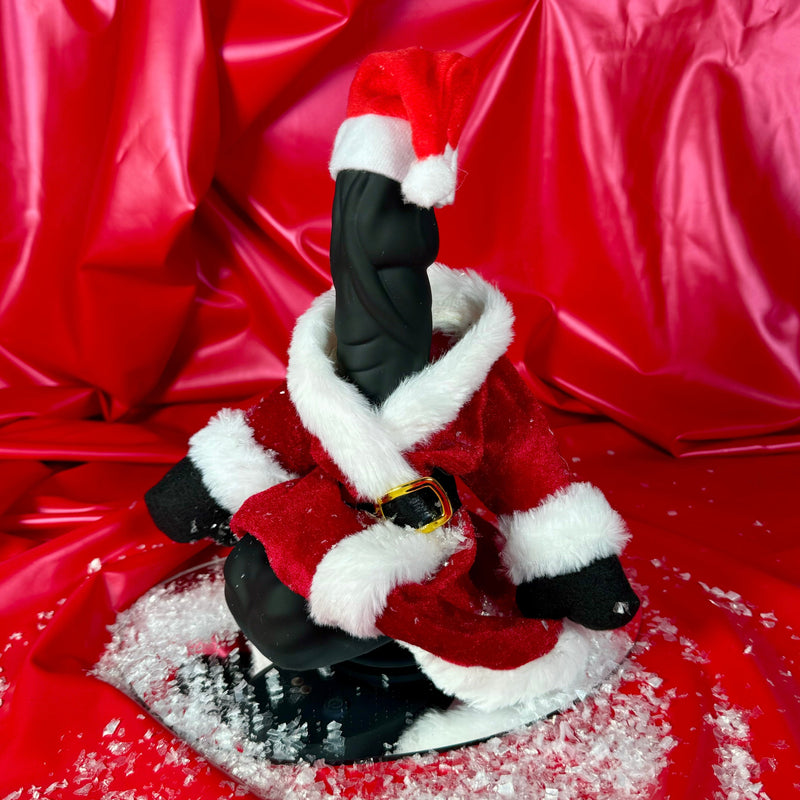
To keep it or to lose it? The great pubic hair debate is something most of us have thought about and pondered over. How you groom your pubic hair is your choice, not a partner's, lover's, or society's. However to make informed decisions about your body, it can be beneficial to understand why you have pubic hair, how it’s evolved in our history, and the pros and cons of keeping and removing it.
Why do we have pubic hair?
Pubic hair differs from other hair on the body and is a secondary sex characteristic, otherwise known as something that develops during puberty. Pubic hair forms due to a rise in testosterone and causes the fine vellus hair (that is all over your body) to get thicker and darker. But why do we have it?
There are many theories around why pubic hair develops on our bodies, however sexual attraction seems to be the most common theory. Pubic hair traps the pheromones naturally realised by your body. The smell of these pheromones are attractive to potential partners. This smelly turn on may also be the reason why we have hair naturally occurring in our armpits too. This primal form of sexual communication is also expressed in visual aspects. Seeing a partner with pubic hair would communicate that they were of reproductive age.
Pubic hair may also help with protecting your body. Pubic hair adds a layer of safety to your most intimate areas by preventing small fragments from entering your vagina or anus. This of course being of more benefit when underwear wasn’t a staple. The hair also acts as a preventative for STI transmission, lowering your chances of contracting certain infections.
Having hair around your genitals also helps keep them warm. While this may not be fun in the summer, our genitals, especially the scrotum and testicles, that can be affected by the negatively by the cold.

History of pubes
The grooming and removal of pubic hair dates back to Ancient Egyptian times, where they would remove it completely, including all the other hair on their bodies. In some Middle Eastern cultures, the removal of pubic hair was considered proper hygiene. They used pumice or sharp stones and even introduced an early form of waxing. The Ancient Greeks would painfully pull out hairs one by one. Ancient Turkey introduced hair depilatory creams (that burn off hair), which were adopted during the Renaissance period.
As cultural norms around clothing became more lax and underwear got smaller, so did the trend of removing pubic hair. Also during periods of STI outbreaks, removing hair was seen as the cleaner and healthier option (think lice). During the AIDS epidemic of the 1980s, porn performers and other sex related entertainers starting removing their pubic hair. This was adopted as a more visual appealing presentation for film and with the rise of popularity in porn, removing pubic hair was adopted by the masses.
This being said, many eastern cultures have embraced and even cherish pubic hair in recent years. There are trends currently in Korea evolving where people are getting hair transplants on their genitals to make them more desirable. There has also been a boom in hair darkening and thickening products aimed to create the illusion of a fuller bush.

Pubic Hair Removal
There are many reasons to rid yourself of your pubic hair. Feeling of cleanliness (though pubic hair doesn’t equal dirty), comfort, sex appeal, preference, social norms.
Removing pubic hair naturally irritates and inflames the hair follicles. Shaving, waxing, and other removal methods can leave small cuts, wounds, and abrasions. These small, sometime microscopic wounds can lead to infection. Sometimes these lead to harmless ingrown hairs while other times it can be much more serious, like cellulitis. Furthermore, these small nicks and scratches can make you more vulnerable to contracting certain STDs by up to 80%. Ridding yourself of unwanted hair can also be dangerous. It is estimated that there are over 1500 public hair grooming related injuries a year, of which 83% are razor related.
If you choose to remove your hair, use clean tools, fresh products, and give proper attention to the matter. When shaving, use a clean, sharp razor and apply a body safe shaving foam or cream. While waxing, assure that the wax is fresh and the application stick is new. If you’re using an after care products, make sure they are specially designed for use in the pubic region and not contain any fragrances or colorings.

Caring for Hair
If you’re caring for a bush, simply cleaning it with soap and water during your regular showering or bathing is ideal. If you have a vagina and you’re cleaning pubic hair on your labia or around your vulva, clean water is enough. The vagina is a self cleaning area of the body and soaps can throw off the natural PH balance, leading to irritations and infections.
Using oils and lotions aren’t necessary but they can help to reduce friction and coarseness.
Your body, your hair
The decision to alter your pubes is yours alone, no matter your culture, your partner, or your politics. Ensure the methods you use to groom are clean, safe, and as natural as possible. And remember, for better or for worse, hair grows back!



